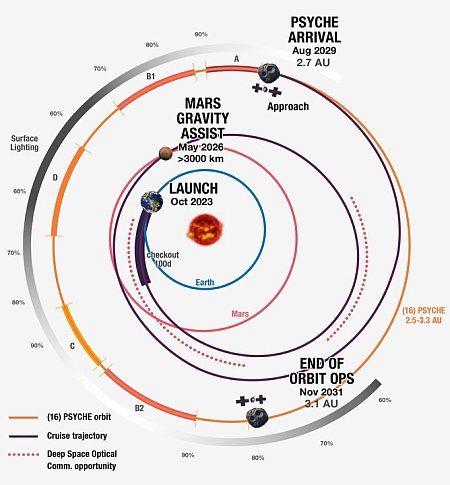
The American Geophysical Union, where
science is no longer practiced
In a public letter issued late yesterday, the American Geophysical Union (AGU) announced it has joined a lawsuit attempting to make the salaries, jobs, and various research grants of scientists immune from cancellation or the budget cuts that have been ordered by the elected president of the United States, Donald Trump.
Plaintiffs assert that such a sweeping Executive Order — which would impact hundreds of thousands of federal workers — goes far beyond the authority of the President to direct, and that such a massive reorganization of federal agencies must be planned in accordance with law and approved by Congress. AGU’s role in the case will involve illustrating the extensive ways in which scientists and the public will be irreparably harmed by the execution of the President’s order, in particular through proposed mass terminations at NOAA, the Department of Agriculture, Department of Energy, the Environmental Protectional Agency, and the National Science Foundation.
“This Executive Order is demanding layoffs on such a massive scale that they will have drastic, cascading effects on our members, the global scientific community, and the public,” said Janice R. Lachance, Interim Executive Director and CEO of AGU. “From forecasting severe weather and ensuring healthy crops to preventing uncontrollable wildfires and preparing communities for sea level rise, fully functioning federal scientific agencies are critical.” [emphasis mine]
The highlighted phrases show the priorities. The public comes last. More important are “federal workers,” the “members” of the AGU, and “the global scientific community.” Moreover, the letter reeks of privilege and smug superiority. It assumes that the paychecks from the taxpayers must never end, no matter what. The very idea that the president — duly elected by the American people and whom the Constitution vests with the sole power to run the executive branch of the federal government — should actually do what he promised the voters during the campaign actually offends them. “We come first! To hell with what the public wants!”
None of this should surprise anyone. The AGU, along with most national scientific organizations, has been corrupted by leftist politics for decades. It threw out the fundamentals of objective science years ago when it declared that it will reject any paper that does not support the theory of human-caused global warming. Its PR department has consistently reinforced this unscientific bias, pushing global warming in practically every press release.
And if you still have doubts about its leftist agenda divorced from objective science, you need only read its own description at the end of yesterday’s letter, outlining the organization’s priorities:
» Read more








